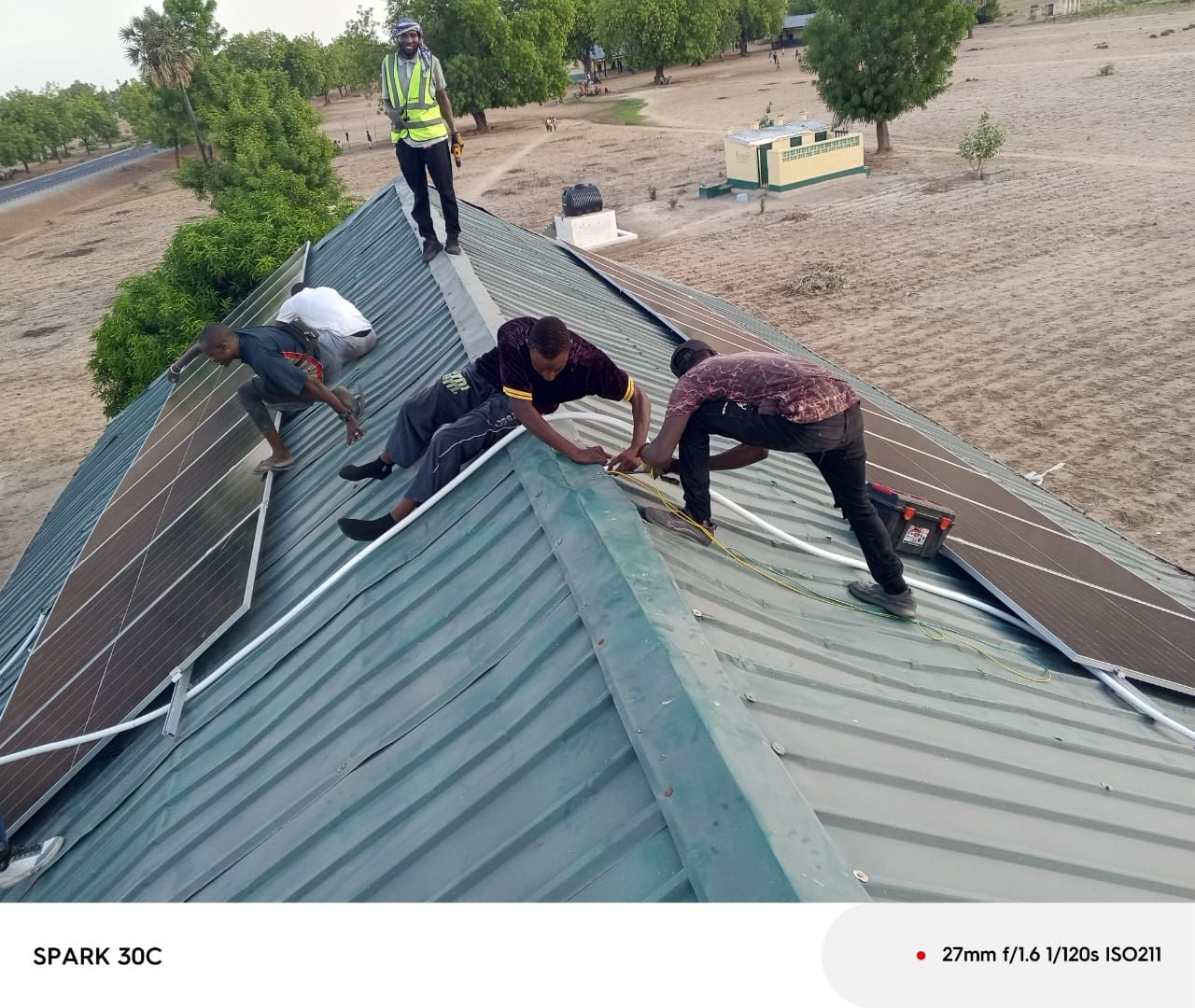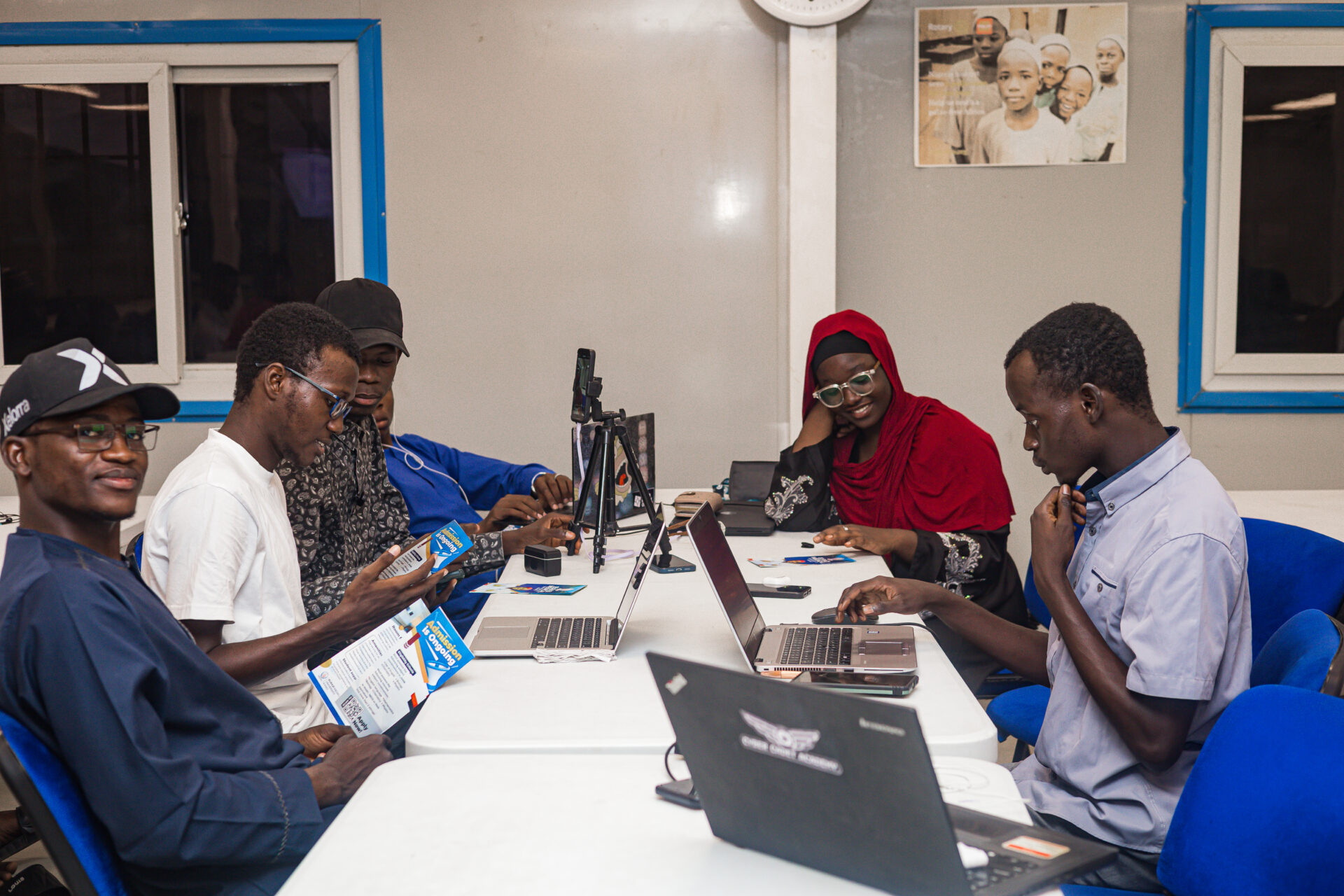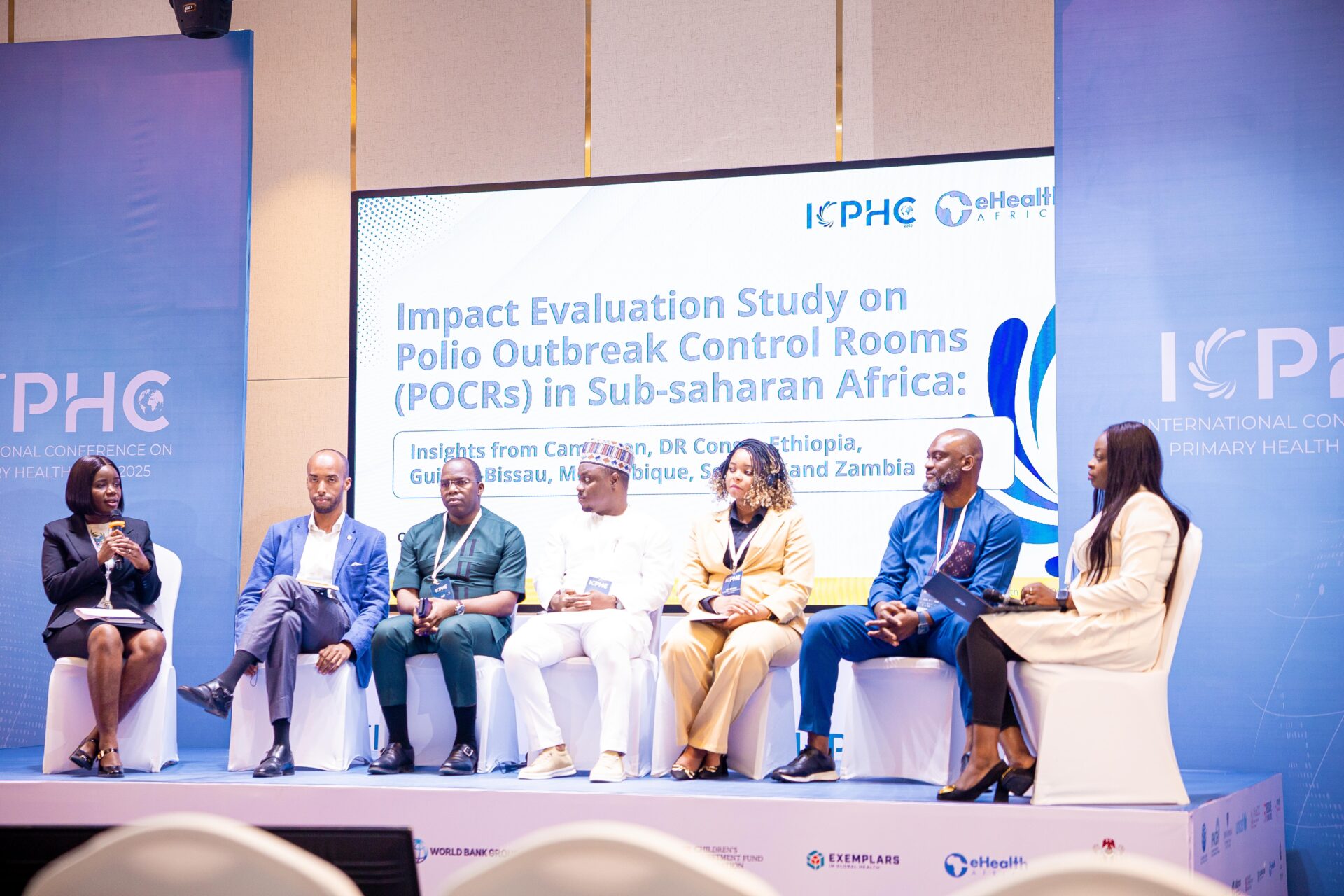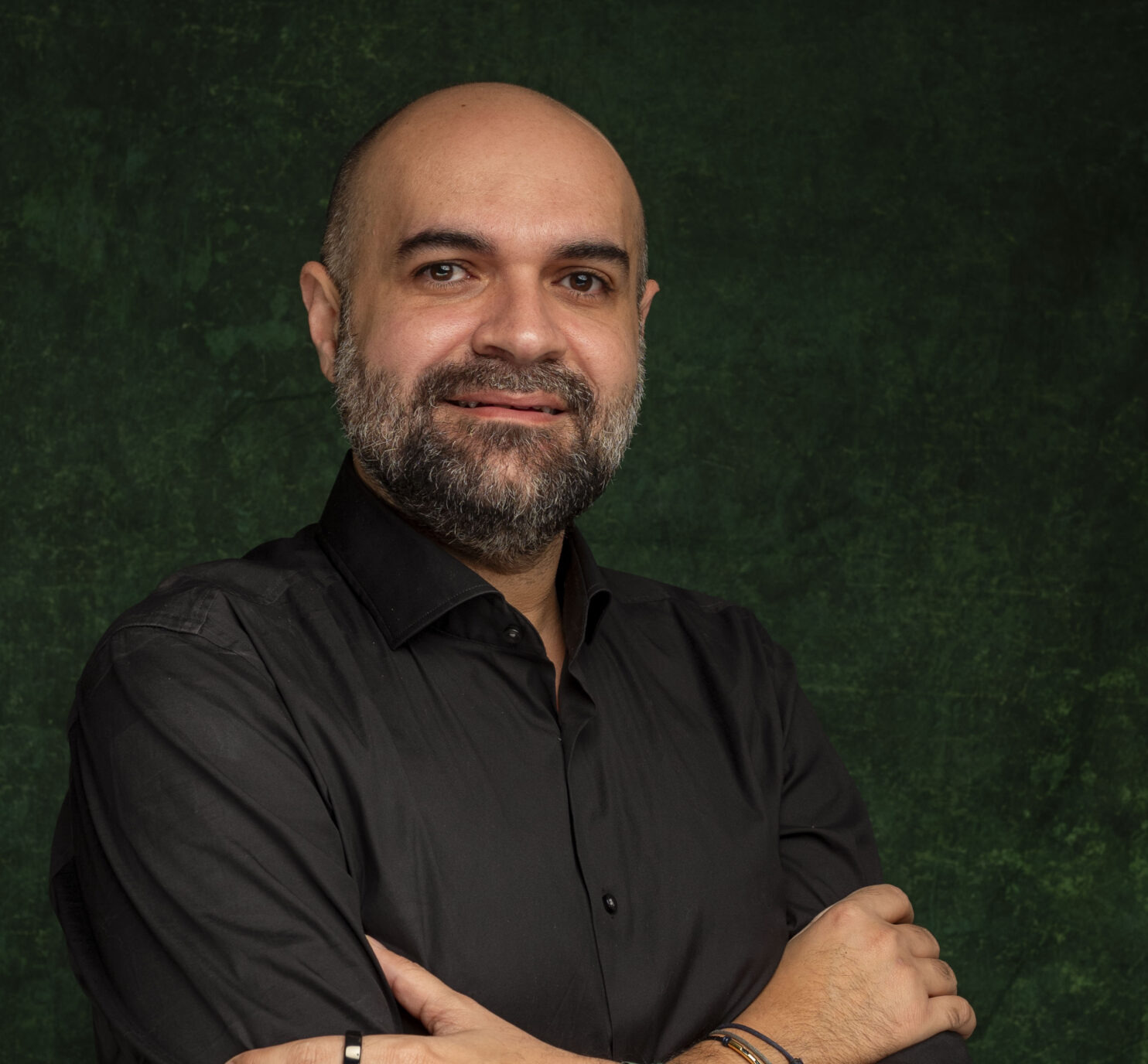June 26, 2025
Powering Primary Healthcare Facilities with Renewable Energy Solutions

Fatima Ayomitide Azeez

Primary Healthcare Centres (PHCs) are the frontline of Nigeria’s healthcare system, especially in rural and underserved areas. Yet, many of these facilities operate in darkness due to erratic power supply, severely compromising patient care, delaying emergencies, and rendering critical equipment useless.
According to a report by Sustainable Energy for All (SEforALL), approximately 40% of PHCs across Nigeria lack reliable electricity access, forcing many to rely on costly and inconsistent alternatives such as generators. This persistent lack of power undermines everything from vaccine storage to safe deliveries, causing health workers to delay procedures, refer patients unnecessarily, or improvise under unsafe conditions. Consequently, communities lose faith in the healthcare system, and health outcomes deteriorate.
Thus in a bid to bridge this infrastructural gap, eHealth Africa with support from United Nations International Children Emergency Fund (UNICEF) launched an ambitious intervention to solarize primary healthcare centers in 12 states across Nigeria.
As a matter of fact, 28 facilities out of the planned 238 PHCs have already been equipped with sustainable renewable energy power systems. This is not just replacing the unreliable alternative sources like fuel-powered generators with clean, consistent energy, it goes a long way in bridging healthcare delivery while protecting the environment.

Speaking during the commissioning of one of the facilities in Kano, Toju Chibuzor Oghele, Project Manager for the Solarization project at eHealth Africa said, “We recognized that consistent power is the absolute backbone of effective primary healthcare,”. “This solarization initiative is a strategic investment in building resilient health systems from the ground up, ensuring that life-saving services are never interrupted by a lack of electricity. It directly translates to tangible improvements in child survival and routine immunization coverage across these communities.” , he added
The renewed spirit is particularly evident among health workers on how critical this intervention is to general healthcare delivery in Primary Healthcare. At Jeli PHC, Kano State, Saleh Haruna, the public health official In-Charge of the facility says he now looks forward to a future that was previously unimaginable. He said, “by the grace of God, with this installation, we can finally go ahead and request equipment upgrade and procurement of some medical equipment that we do not have”.
He added that the PHC hasn’t been able to get facility upgrades over the years but this renewable energy solution has opened doors to providing better healthcare services. “This signifies a leap from basic functionality to aspiring for comprehensive, upgraded care”, he said.
For Ilya Muhammad, a 52-year resident of Jeli, the change is deeply personal. Having witnessed the hospital’s prime and its subsequent decline, he now feels immense relief. “I am just grateful that now we do not need to travel to far away medical facilities to get treated as we always did when emergencies occurred. If any of my family members fall sick now, straight to our neighborhood PHC.” The project has brought essential healthcare back to their doorstep, alleviating a significant burden.
Sani Umar, Assistant In-Charge at Kofa PHC, shares his revitalized outlook. He said, ” with our PHC now solarized, I genuinely look forward to work. No more heat because we have a conducive working environment and our morale is at an all-time high now as we do not need to turn patients away anymore on the basis of lack of power supply.”
These powerful testimonies showcase the tangible improvements in working conditions and the profound relief of being able to serve patients without the previous limitations.
The UNICEF delegation, who conducted an independent assessment of the installations, validated the functionality of the systems while gathering on-the-ground feedback from healthcare workers and communities. This evaluation successfully verified the effectiveness of the renewable energy systems, gauged their real-world impact on healthcare delivery, aligned stakeholders on future phases of the nationwide rollout, while strengthening accountability for both partners and beneficiaries.
The solarization effort is more than just a technical upgrade. It’s a strategic investment in health resilience. Through detailed assessments, tailored installations, and training of local health workers, each renewable energy system is built to serve the specific needs of the facility. While this intervention is still in early stages, its promise is undeniable. Reliable electricity enables vaccine preservation, emergency night services, lab diagnostics, and safer deliveries. It boosts staff morale and rebuilds community trust.







